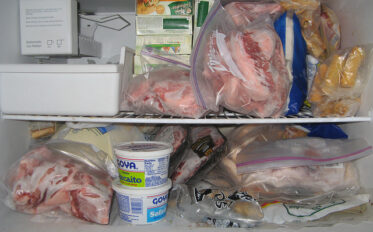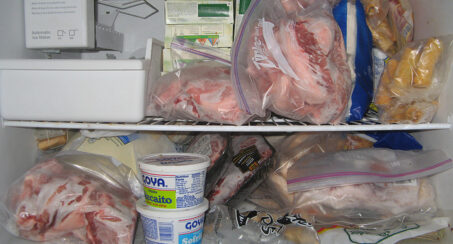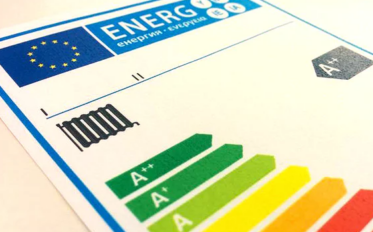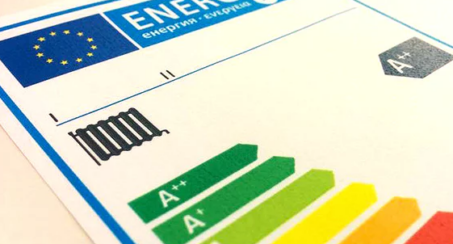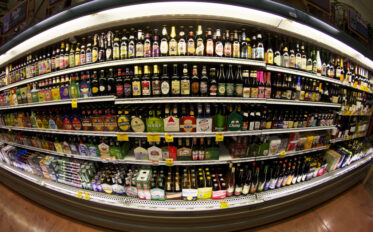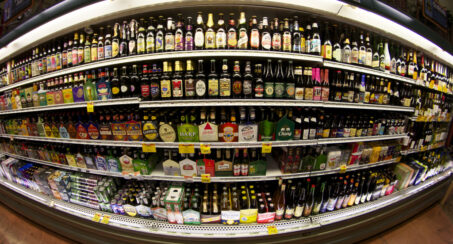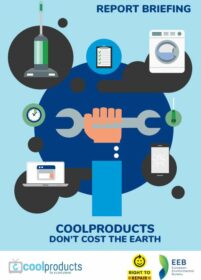Different types of commercial refrigerators and freezers are available on the market today, such as beverage coolers, refrigerated vending machines or display cabinets in supermarkets. Mostly used in supermarkets and grocery stores, they consume a great amount of energy: 65 TWh in the European Union in 2015 according to the European Commission or as much as the total electricity consumption of Austria.
Easy and affordable solutions to increase energy efficiency exist: just putting doors on open cabinets saves an average of 40% of energy, while other energy management technologies can reduce energy consumption by 20 to 50% when the fridge is not being used, for example during night time and weekends. Unfortunately, these options have not been systematically exploited up till now.
What’s the European Union doing?
Work on this product group started in 2010, but progress was regrettably stalled for many years for various reasons (see our blog story). In 2019, the European Institutions finally agreed on the way to go: the uptake of energy-saving solutions will be stimulated through an ecodesign measure, and a B2B energy label will bring higher transparency on product performance.
These regulations are expected to gain annual electricity savings of 19 TWh by 2030, enough to offset the electricity production of almost 9 medium-size coal power units.
What does the Coolproducts campaign want?
-
Tighter regulations, to ensure that putting performant doors to commercial fridges and freezers becomes the default standard everywhere
-
Simpler energy efficiency ratings, to avoid creating undue bonuses and adverse incentives
-
Reinforce provisions on refrigerants in order to promote the greenest ones, and to facilitate repairability and recycling
Coolproducts technical input and position papers:
2018 – Final recommendations on Refrigerating appliances with a direct sales function
2014 – Contribution to the European Commission revised working document
2014 -Technical input to the preparatory study


